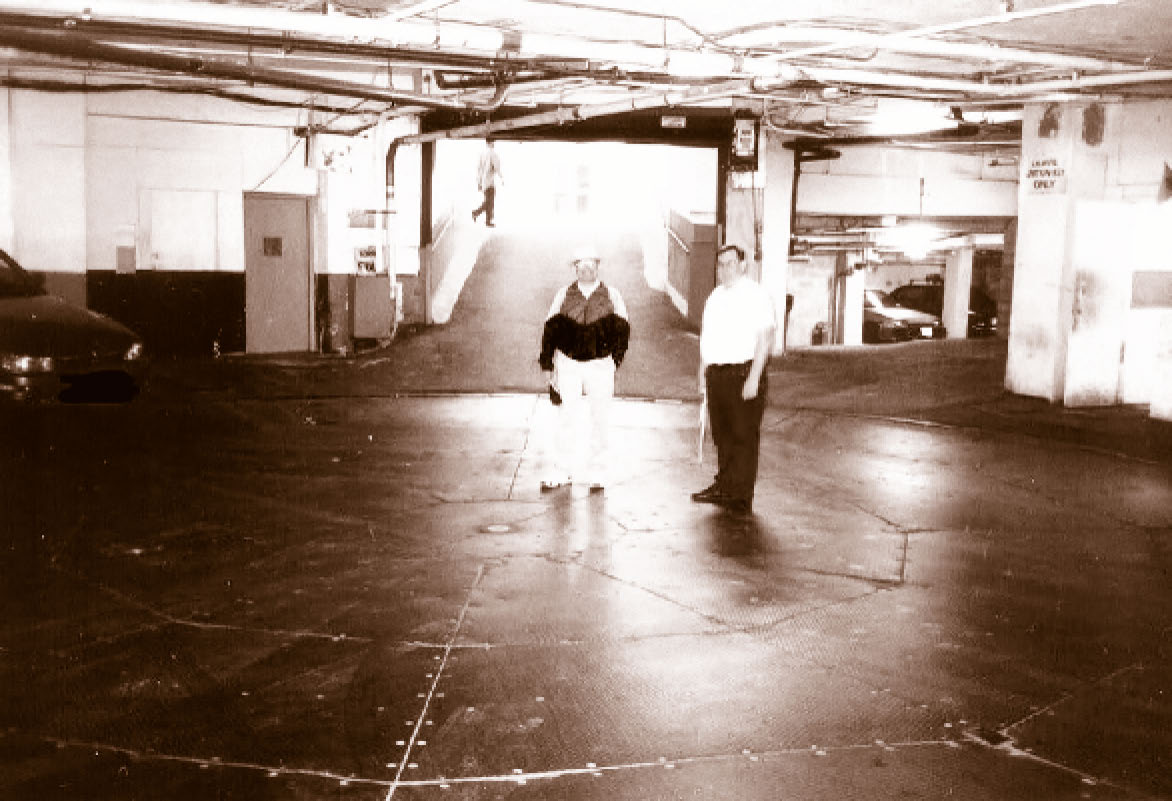
In the 1940s, mid-town Manhattan had nine bus terminals. To centralize bus service, the New York Port Authority built a terminal on 8th Avenue between 40th and 41st streets. Over the years, bus service gradually moved over to the Port Authority Bus Terminal and the small terminals were closed. Greyhound was probably the last to relocate, moving from its West 33rd station in the late 1960s.

One of the small terminals was located in the basement of the Hotel Dixie, now called the Carter Hotel, which opened at 250 West 43rd Street in February 1930. After 27 years of service, the hotel’s bus terminal closed in July 1957. As a kid in the mid-1950s, I used to take the Arrow Line Bus from the hotel to Sandy Hook, Connecticut where my grandparents owned a five and ten cent store. There were no interstates; the bus took local highways going north though Yonkers, White Plains, Danbury, Waterbury, Hartford, and then up to Boston along an inland route.

To operate a terminal in the tight spaces of the Hotel Dixie’s parking structure took a unique piece of machinery: a bus turntable. Buses would come down an entrance ramp onto the turntable, which was 35 feet in diameter and constructed out of 12 triangular steel wedges like a big pizza pie. An operator in a control booth would rotate the turntable until the bus could be driven into one of the 12 parking spaces.

Departing buses would be backed out on to the turntable, which would revolve until the bus could be driven up the exit ramp. The 1940s-vintage buses were short allowing them to go up and over the sidewalk and then down the ramp. Today’s longer buses would get hung up on the sidewalk.

When I visited the hotel in 2008, the turntable and control booth were still there – a hidden archeological treasure in Manhattan. But unfortunately, this unique bit of New York transportation history was removed the following year when the floor of the parking garage was repaved.

Did you enjoy this article? Join the SCA and get full access to all the content on this site. This article originally appeared in the SCA Road Notes, Summer 2013, Vol. 21, No. 2.SCA Road Notes, informally known as SCA News, is a quarterly publication and a member benefit of the Society for Commercial Archeology. Back issues are available for download.
More Articles Join the SCA


